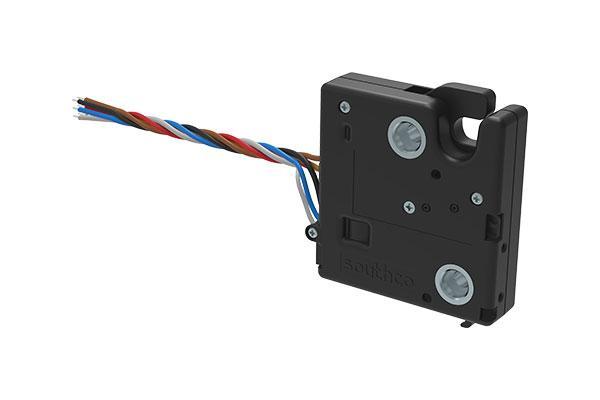Benefits of Delayed Re-lock Electronic Rotary Latches

A mechanical rotary latch is commonly opened with a cable that is routed to it from an actuator, usually a handle or button. Depending on the cable routing and the closing force of the latch, it may require a significant amount of effort to open. An electronic rotary latch allows the latch actuated by a signal rather than a cable. The gear-motor drive opens the latch with a push of a button, which makes it an ideal fit for applications with high loads or long cable run, where remote access is needed.
Perhaps an application has multiple latches are connected to the same keypad or controller. Or an application where the door should not be ejected by the latch. Or maybe vandal resistance is a key concern driving latch selection. Southco’s delayed re-lock R4-EM Electronic Rotary Latch takes the versatile rotary latch technology of its predecessor and marries it with the ability to control the unlock time.
The delayed re-lock R4-EM Electronic Rotary Latch electrically unlocks to enable manual release. A signal is sent to the latch and the trigger is moved to the unlocked position for as long as the signal is present. This allows a door to remain open or closed for as long as the application requires. When the signal is removed, the trigger moves back to the locked position so the door can be pushed closed and secured. This simplified solution, includes a list of benefits including low power consumption, high load capability, optional feedback and simple installation.
Learn more about Southco's electronic rotary latches and hardware by downloading our Electronic Access Solutions Design Guide.



